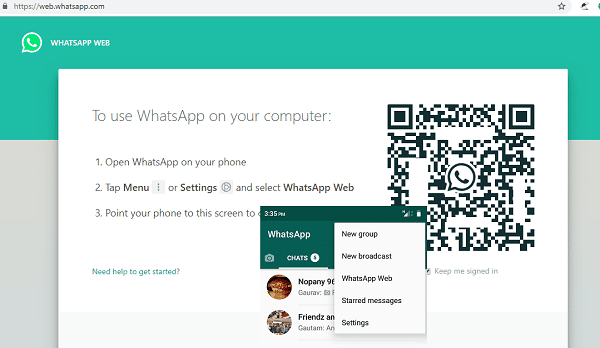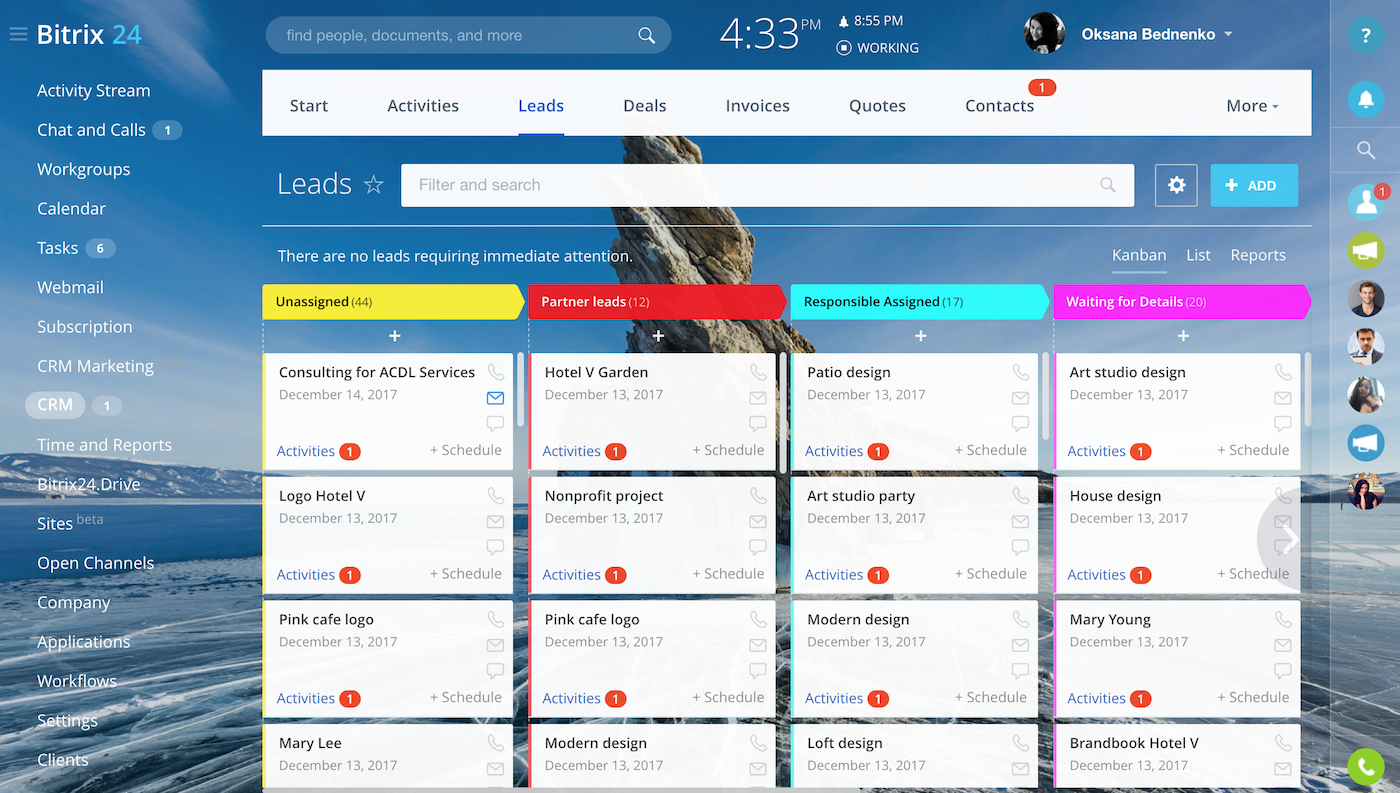
However, they can choose to limit the communications with the account on WhatsApp. Users cannot report or block these accounts. Profiles of these accounts display associated company names only, and include further details like an official address. Official Business Account – Verified with a green tick, these accounts usually belong to well-known brands that conduct direct customer communications, like BookMyShow, MakeMyTrip and Goibibo. Also, since these are not verified accounts, users can block or report these accounts as spam.Ģ. Profiles of these accounts display associated phone numbers instead of company names, unless saved by the recipient. Business Account – This is the default WhatsApp API account for businesses, with fields to display basic information like company name, business type, email and website in its contact view. Next up, how do you get started with the WhatsApp API account? How can I get a WhatsApp API Account?Įssentially, there are two types of WhatsApp API accounts that businesses can avail:ġ. This bifurcation, and WhatsApp’s pre-approval of template messages ensures that there is no bulk messaging or spamming for sales or marketing purposes. However, your WhatsApp API provider may charge additionally for both template and session messages.

When customers reply to a template-based message, businesses have a 24-hour window, calculated from the last incoming message, within which they can send any message to the customer.And these messages do not need any approval from WhatsApp. Non-template/session messages are sent by businesses in response to an incoming message from a customer, just like you would carry forward a regular chat. WhatsApp charges per template message sent, with the charges varying depending on the message origin and receiving country.Once approved, these messages can be sent to initiate a conversation, or at any other time.

These messages are pre-approved by WhatsApp, to ensure the messages are not sales or marketing oriented. Template messages include text with placeholders, that will get personalized based on customer information pulled from a CRM. Using the WhatsApp API for business enables you to send two kinds of messages to your customers: This means that you’ll have a local API from a provider that will allow you to programmatically send and receive messages using WhatsApp. WhatsApp API accounts are deployed on a server.
Whatsapp business api integration with crm how to#
And while you know how to send Message 2, the personalized, templated Message 1 is an automated message sent to the customer when they take an action on the business website.īut to enable this, a business must have the WhatsApp Business API.

The key difference between the two messages here is that Message 1 is a templated message that is personalized based on the user details, and Message 2 is a normal WhatsApp message. And if you choose to reply to them, or ask a query, there’ll be someone available to chat with you and solve your problem. It’s a fast and effective way to keep customers informed and engaged right from the get-go. You may have often received WhatsApp messages like the one below, when you submit a form on a website, or book a flight, or order food on an app.


 0 kommentar(er)
0 kommentar(er)
